The best Mazda MX-5 modifications
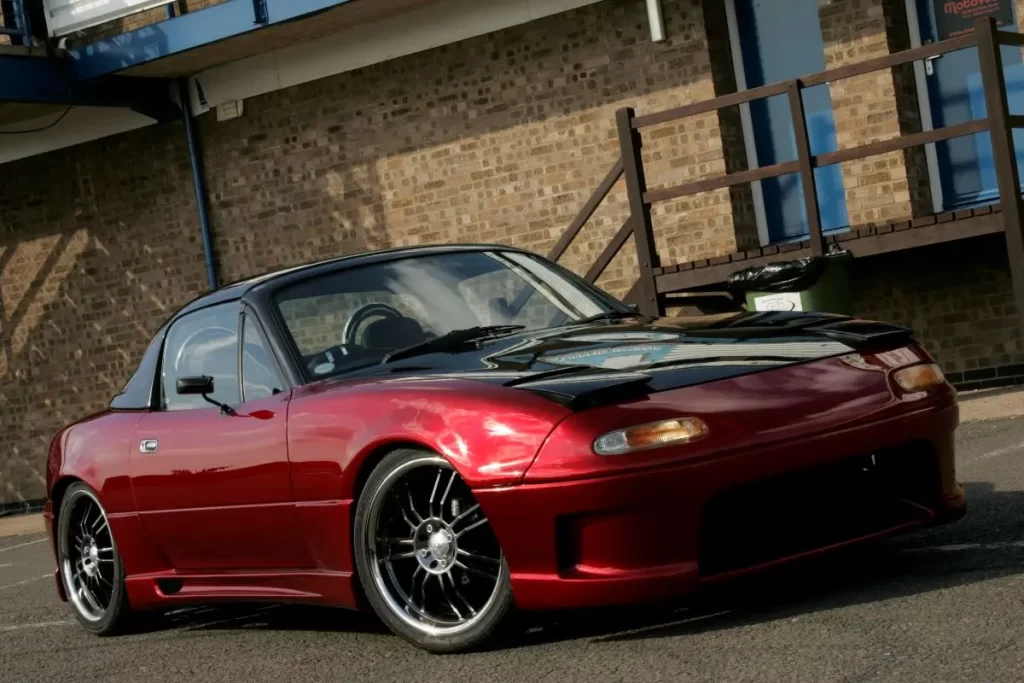
The Mazda MX-5 is the best-selling two-seater convertible of all time. Hitting the streets in 1989, at a time when the roadster market had all but dried up, this bona fide motoring icon may have been inspired by long-forgotten British and Italian sportscars, but it pushed the boundaries of reliability into the realms of actually being useable.
Over four generations, and more than a million sold, the MX-5 is still going strong to this day.
The initial idea was a simple as the car itself. Developed according to the Japanese principle of “jinba ittai”, or “the oneness of horse and rider”, the MX-5 offered a novel concept: it was actually fun to drive!
It wasn’t the fastest car on the market or even that well-equipped, but, with near perfect weight distribution, a simple rag top and rear-wheel-drive, it was an affordable sportscar for the masses.
And car enthusiasts have been buying these iconic roadsters ever since. Nowadays the MX-5 Owners Club is one of the biggest car clubs in the world, and that should tell you everything you need to know.
It’s true to say that the popularity of the MX-5 had the aftermarket scrambling to make performance upgrades from the very beginning. So, whether you have the UK-spec MX-5, a JDM Eunos Roadster, or even the US Mazda Miata, you’ll be able to find more modifications for your Japanese drop top than for just about any other car out there.
So, with all that in mind, here’s ten of the best.
1. Coilover suspension
Just because the MX-5 comes with almost mythical handling doesn’t mean that it can’t be improved. Especially when it comes to the later models which lost the simplicity – and arguably a little of the driver-focused flair – that came with the first two generations.
In fact, like all factory-spec cars, the Mazda is built to cater for several different markets around the world, which is why compromises had to be made with regard to the best chassis performance and – let’s just say – a more attractive ride height.
However, a set of aftermarket coilovers, perhaps the most popular modification in the history of the MX-5, can be used to beef up the handling for the ultimate B road thrash… and some even work on the circuit. The MX-5 remains an infinitely popular weekend track day hero, after all.
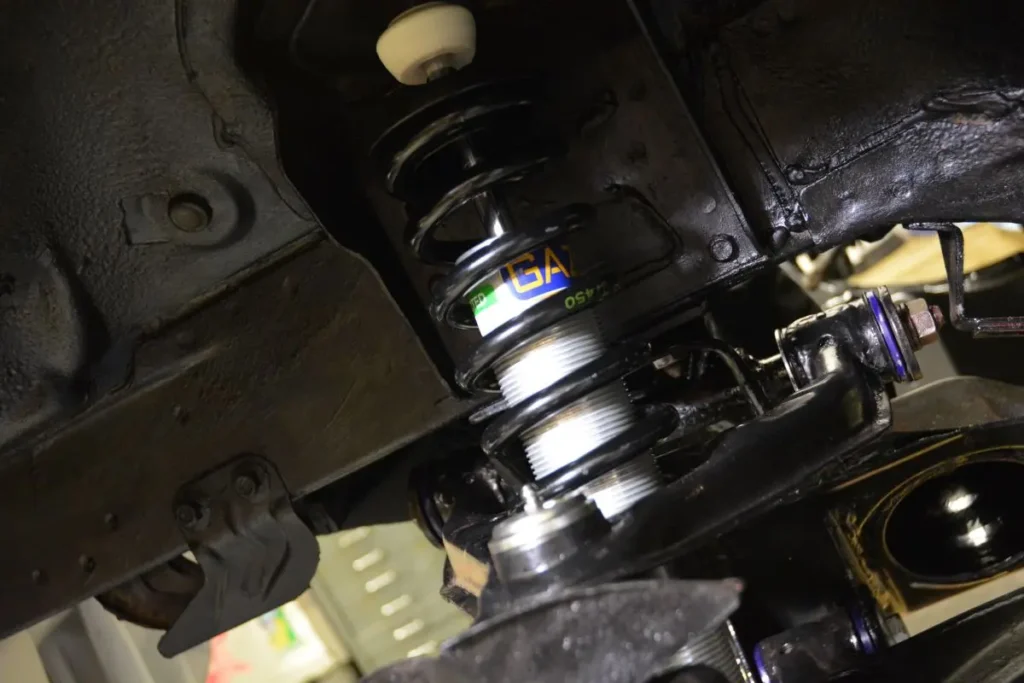
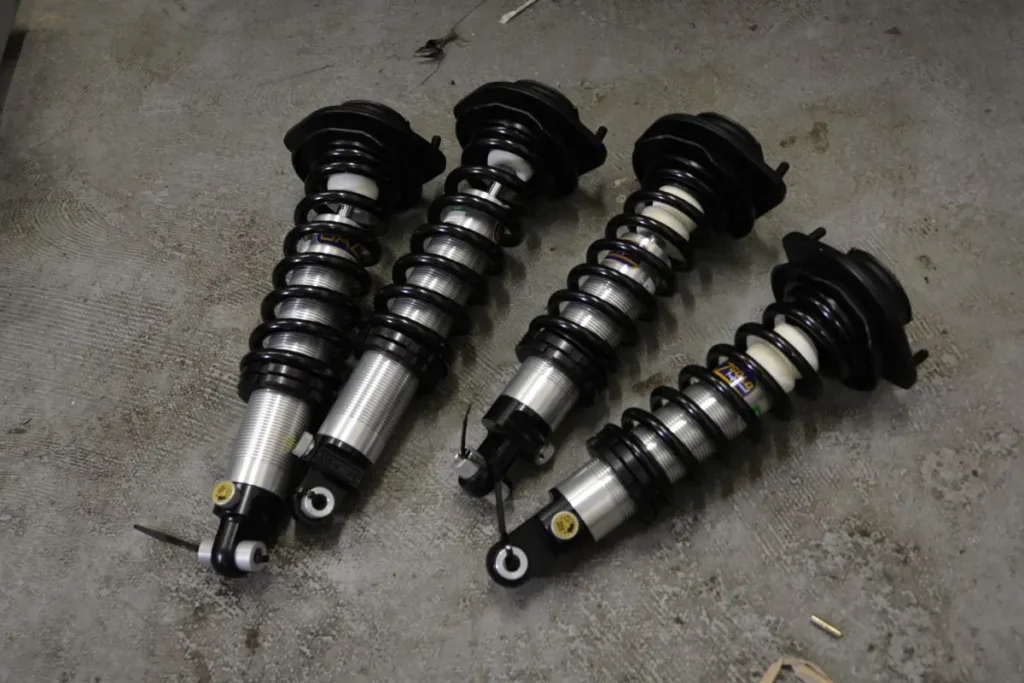
The good news is that swapping out your suspension is a relatively simple task. Height and damper-adjustable coilovers are available off-the-shelf from all the big brand manufacturers. This means you don’t have to opt for an expensive custom setup, nor do you have to buy a cheap kit that will inevitably go wrong.
One other advantage of coilovers is the quick and easy adjustability. For most suspension kits, switching between a fast road and a track-focused setup is a straightforward job, helping you make the most of this capable little car in every situation.
2. Alloy wheels
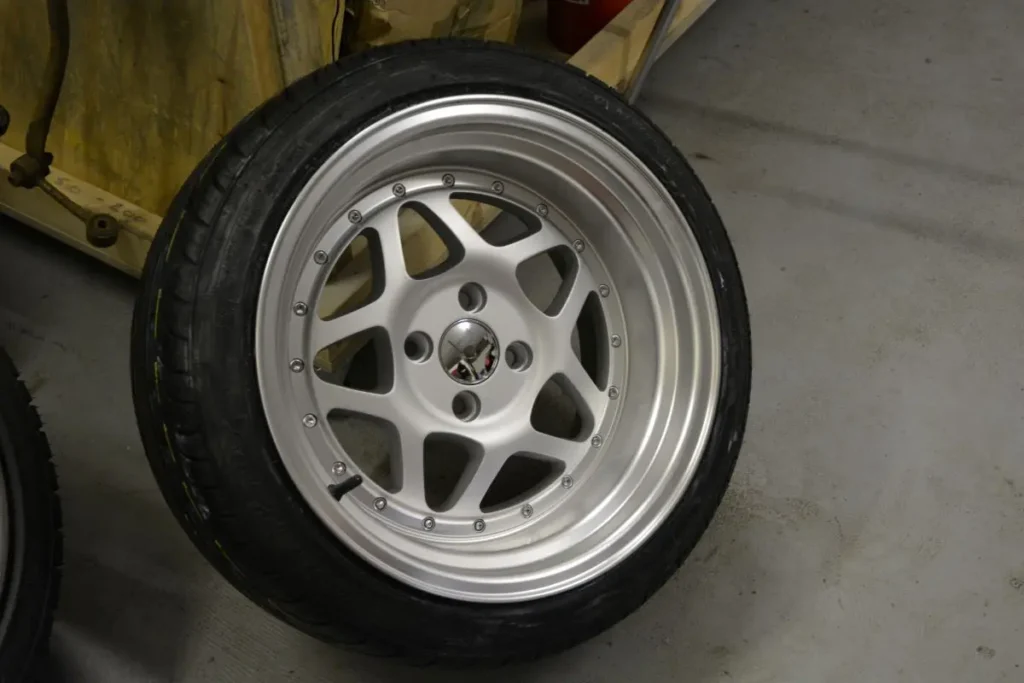
If a spot of lowering is the most popular modification for the Mazda MX-5, a cheeky wheel swap comes in at a close second. What with the amount of aftermarket wheels available, it’s no surprise that many owners – especially those with early models – choose a wheel upgrade for better looks, and often better performance.
For obvious reasons, lightweight wheels are always a good idea on the MX-5, and slightly wider wheels (enabling the fitment of fatter, grippier tyres) can aid the handling as much as a decent suspension setup. Just be mindful of the size you choose. It is possible to fit huge wheels on the early (NA and NB) models, but this can actually be detrimental to their drivability. Stick to an inch or two over the standard diameter and you should have no problems.
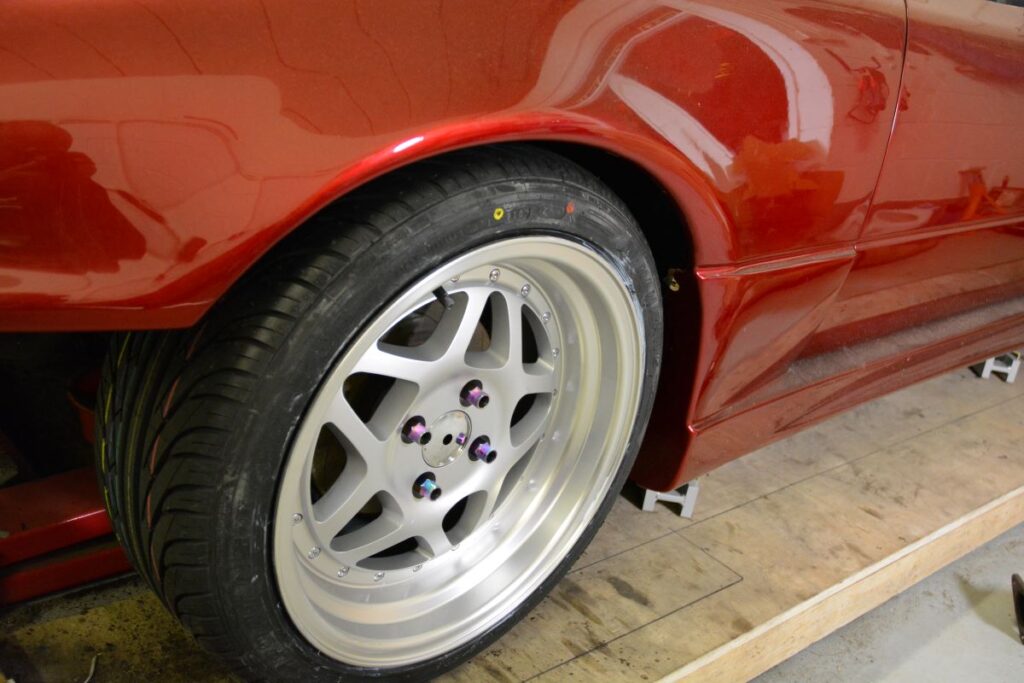
Models from 1989 to 2005 come with a 4x100PCD fitment, while all models thereafter come with 5×114.3PCD wheels. Both fitments are common on a multitude of vehicles the world over and this has made them extremely popular with aftermarket wheel manufacturers. When one wheel will fit a host of different cars it cuts their costs over producing designs for a single model. And of course, there’s more chance that people will actually buy them.
What this also means is that aftermarket wheels for your MX-5 are readily available in a choice of sizes and designs. Best of all, because there’s so many, they can be relatively friendly on your wallet too.
3. Bolt-on tuning
The popularity of the MX-5 means that bolt-on tuning parts are not only readily available, they can often be had for much less than you might think.
Unlike many other cars, where off-the-shelf upgrades are a little hard to find, there’s a whole host of basic tuning parts for the MX-5 – including stainless-steel exhausts and performance air filters – for almost any budget.
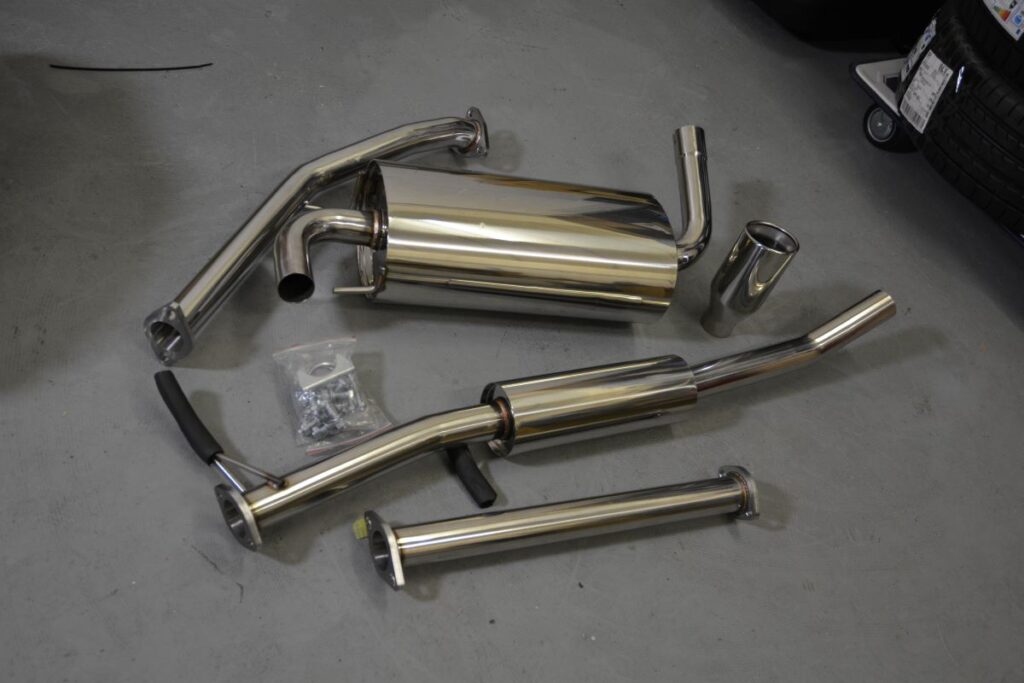
The fundamental principle of engine tuning is to get more air into the cylinders so more fuel can be burned. A bigger explosion means more power, which is why performance air filters can prove an easy and cost-effective upgrade. These help the engine “breathe in” more easily, sucking in more air through a high-flow filter that’s far less restrictive than standard. Match that extra air with more fuel and you get more power. Simple.
If your air filter takes care of the breathing in part, your exhaust is what helps the engine breathe out. Standard MX-5 exhausts are notoriously restrictive so fitting an aftermarket item will flow gasses out of the engine more efficiently, freeing up a few more horsepower along the way. As many believe the early models to be a little underpowered as standard, every horsepower counts.
Another huge advantage of course, is that an aftermarket exhaust will look better and sound much sportier.
4. Remapping
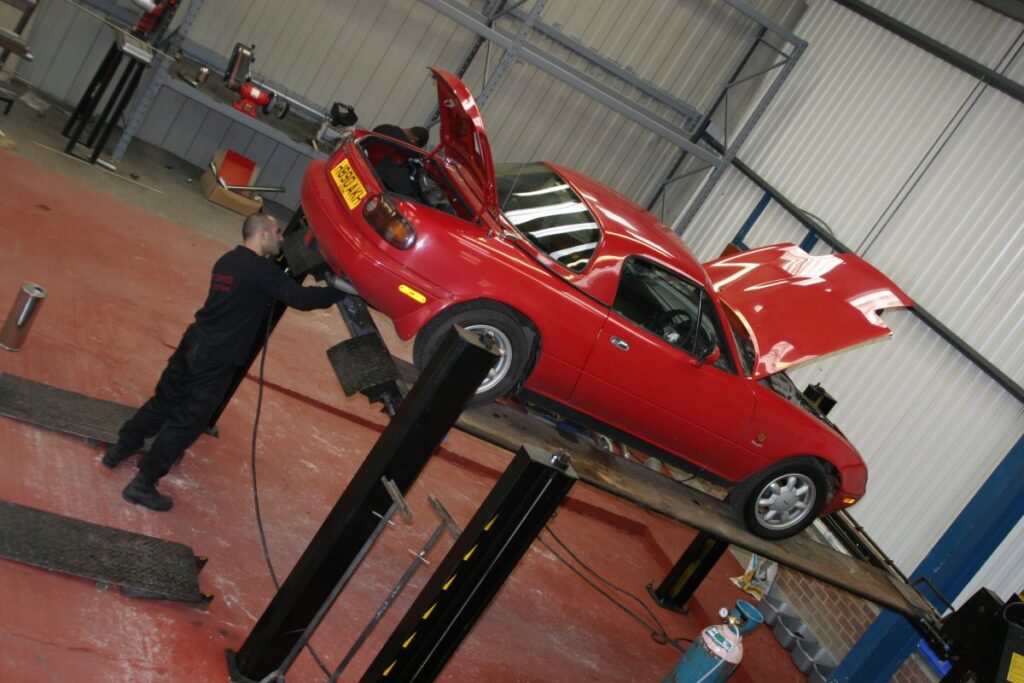
Aside from simple bolt-on mods, the third and fourth generation MX-5s (NC and ND) can also benefit from a remap through their diagnostic (OBD2) port.
Remapping is the quick and simple way to optimise the power output on modern engines that are controlled by an ECU. Essentially a powerful computer module, the ECU looks after crucial parameters such as fuelling and ignition timing according to a set programme written by the manufacturer. This is what’s known as the engine map.
A standard engine map is designed to ensure that the car works effectively in all conditions, including at high altitudes, in countries with poor quality fuel and in the most extreme temperatures.
This is so the car can be sold for use almost anywhere on the planet. A standard engine should run just as well in the Arctic Circle as it does in the Sahara Desert, but these generalised settings aren’t necessarily geared towards the optimal power output.
Of course, minus 50 degree temperatures, oxygen-starved mountain passes and low-quality petrol isn’t as much of a concern in most countries, including here in the UK. So, a remap can be used to optimise settings for real-world conditions, safely rewriting the map in favour of more power and torque.
Perhaps best of all, a remap can also optimise any other bolt-on modifications – such as aftermarket exhausts and air filters – to make the most of them too.
5. Turbo conversions
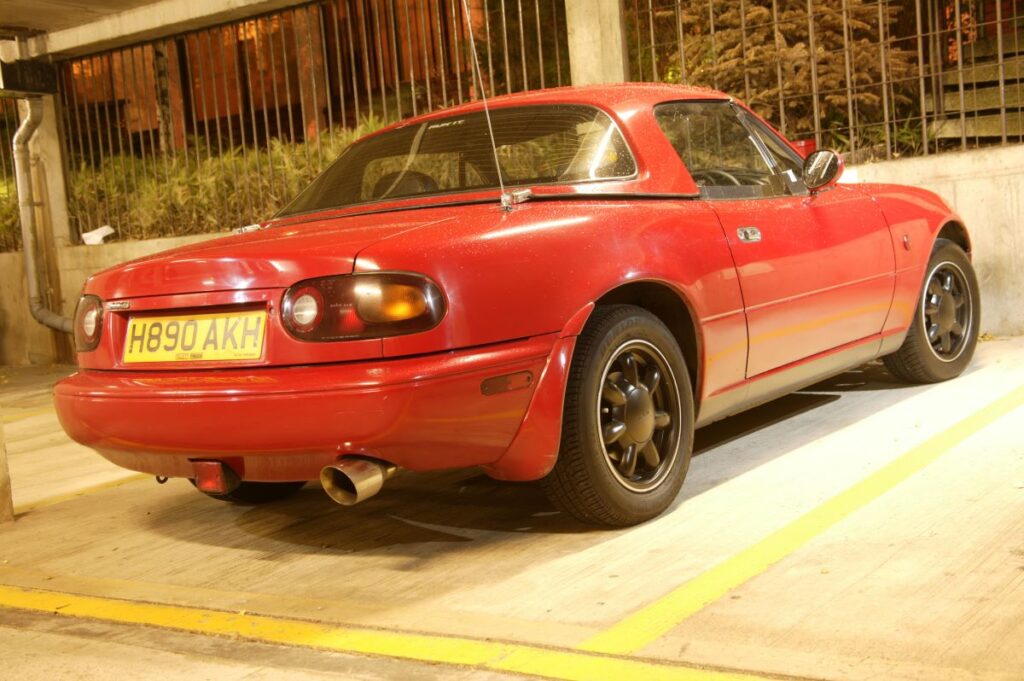
If basic engine tuning doesn’t quite cut the mustard, how about an even more significant power hike with an aftermarket turbo conversion?
A turbocharger is essentially an exhaust-driven pump that’s used to compress air and force it into the cylinders. Once again, more air means that more fuel can be burned for more power. The advantage of forced induction is that it’s not just more air going into the engine – it’s a lot more air!
Tuners have been strapping turbochargers onto MX-5 engines since day one. There was even an official dealer-supplied MX-5 BBR Turbo model available in the early nineties. The BBR used a Garrett turbocharger and a conversion kit (manufactured by Brodie Brittan Racing) to produce 150bhp. That’s around 35bhp over standard.

While this rare example has now become a sought-after collector’s car, it has been much imitated over the years, making aftermarket turbocharger conversions a popular choice for MX-5 owners.
There are many conversions on the market for the Mk1, Mk2 and even the Mk3 MX-5 in the form of bolt-on kits that don’t require making the parts yourself. Many of these are designed to utilise original equipment manufacturer (OEM) turbochargers from Subaru or Mitsubishi cars. Although you will need a spot of professional engine mapping to make everything run smoothly, the conversion itself is relatively straightforward for any competent spanner swinger.
Failing that, of course, you could always go for an aftermarket supercharger kit, or even an engine swap. We’ve seen everything from American V8s and Honda VTECs to Mazda rotary engines slotted into the little roadster over the years. The only limit here is your imagination – and your budget.
6. Aftermarket audio
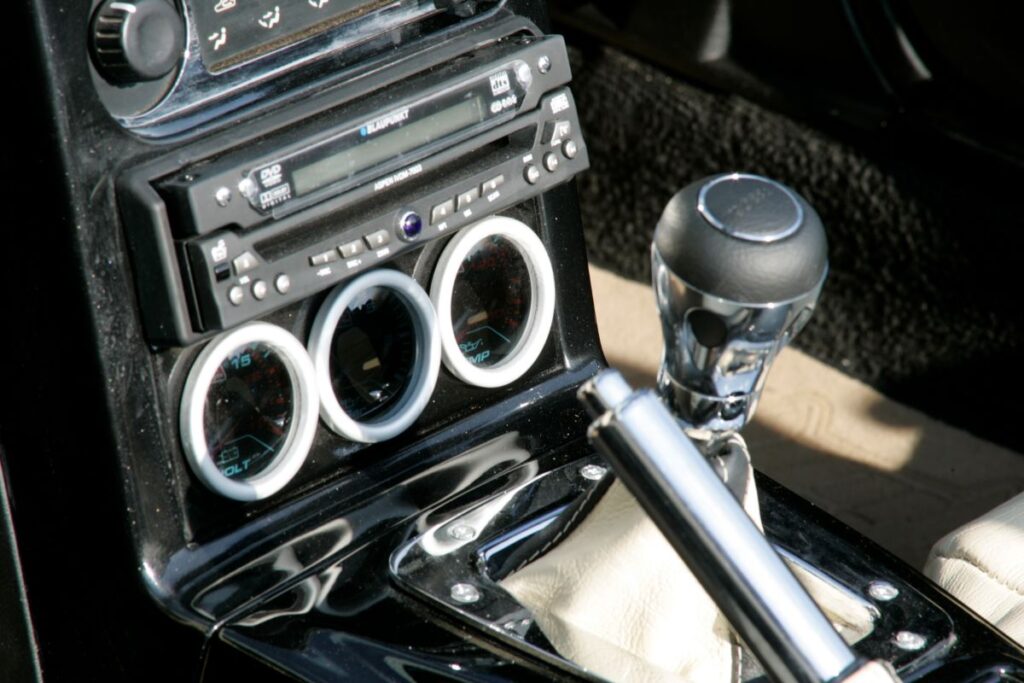
The factory infotainment system in the latest MX-5 offers everything a 21st-century motorist could ever need. But as you might expect, Bluetooth music streaming, satellite navigation, hands-free calling and smartphone connectivity weren’t a priority on the earlier Mazda models.
This was for a couple of reasons: first, because the MX-5 was designed to be as light and driver-focused as possible, and second… because much of that stuff didn’t exist in the late 1980s.
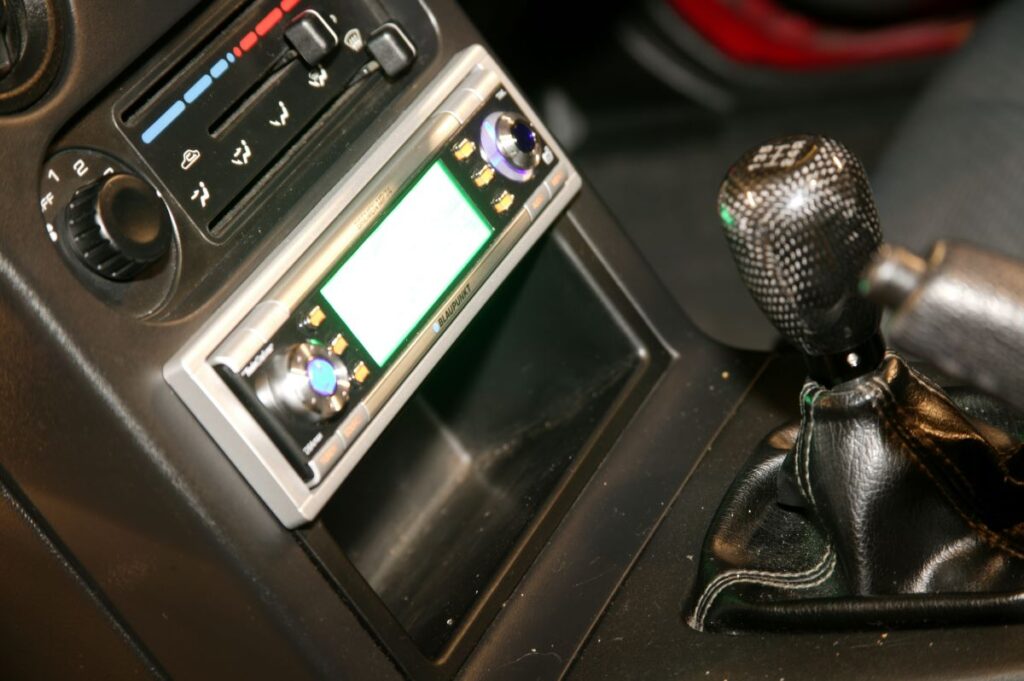
Now, while it’s also true that you’ll be hard pressed to find any early car with the standard stereo system intact, Mazda did have the foresight to leave plenty of room in the dashboard. With the help of an aftermarket facia adaptor, a simple DIY job will fit a single or double DIN stereo to all Mk1, Mk2 and Mk3 models. This means that, unlike on most modern classics, you can take advantage of the latest head units with Apple CarPlay, Android Auto and all the trimmings.
And what about the Mk4? Well, swapping the standard stereo isn’t one for the faint of heart because it’s more integrated into the interior. But the rest of the system is easily upgraded with off-the-shelf accessories.
In fact, installing more powerful aftermarket speakers is extremely common across the entire MX-5 model range. There’s even a special direct-fit speaker kit for the original JDM Eunos which came with small speakers in the headrests. Besides, who doesn’t love a convertible with a decent sound system, eh?
7. Performance brake upgrades
Tiny wheels mean tiny brakes. So, while the Mk1 and Mk2 were built to be extremely light, they’re reasonably old now and many opt for a direct-fit brake upgrade to keep everything in check. Especially when it comes to any fast road or track use.
Later MX-5 generations are much heavier than the original offerings, making brake upgrades even more important if you want to achieve the best all-around performance. The more effective your brakes, the less you need to use them. More time on the accelerator is akin to more power, so a brake upgrade is a pretty decent mod for those looking for more speed.
Performance brake upgrades are readily available for all MX-5 models. These start with cost-effective direct-fit, uprated disc and pad kits, and go all the way up to full-on big-brake conversions with huge discs, race pads and multi-piston calipers.
8. Roll cages
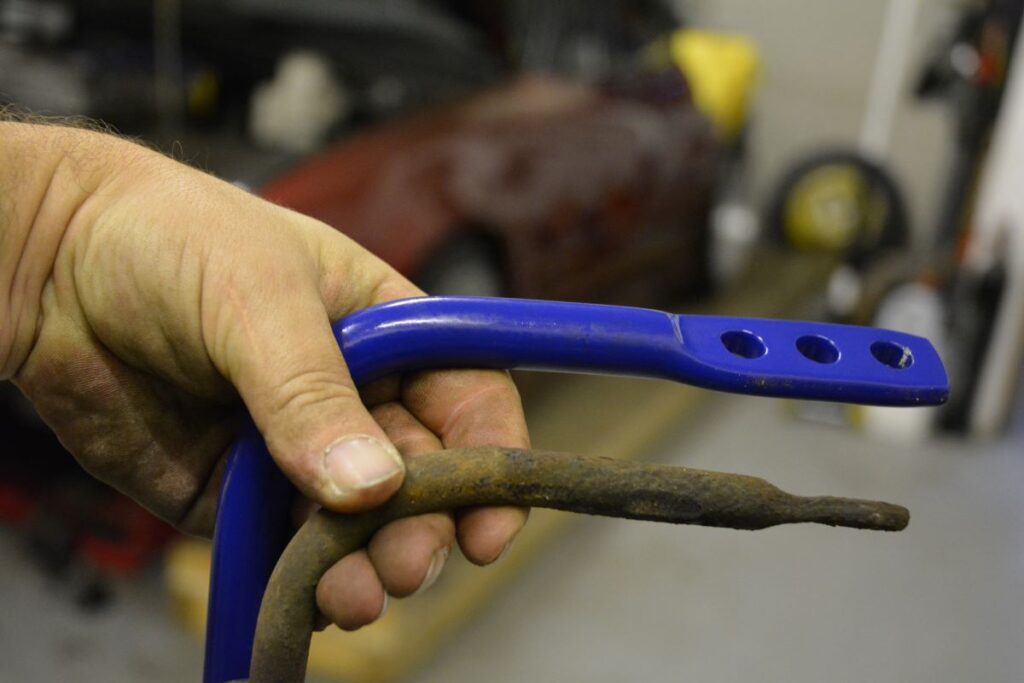
One of the more classic additions for older models is a rear “roll-over” bar. As the MX-5 has been one of the most popular track cars since its inception, fitting a roll hoop – or even a full cage – isn’t just a popular modification for circuit use, it’s something of a necessity.
After all, it’s not like you have a structural steel roof to help out in the event of any mishaps. Even the, much sought-after, hardtops available for early MX-5s don’t offer much in the way of driver protection.

There are many simple bolt-in roll bars on the market, and they have proved popular for every model over the years. Whether that’s to cater to competition regulations, or simply for the most hardcore, motorsport-inspired styling, it’s a time-tested mod that always looks the part.
Aside from the obvious safety advantages, a roll bar will help stiffen the car by triangulating key points on the chassis. This reduces flex and helps keep the optimum geometry during even the most extreme cornering. In this way, a roll cage (or rear roll bar) is as much a handling modification as it is for safety or style.
9. Chassis stiffening
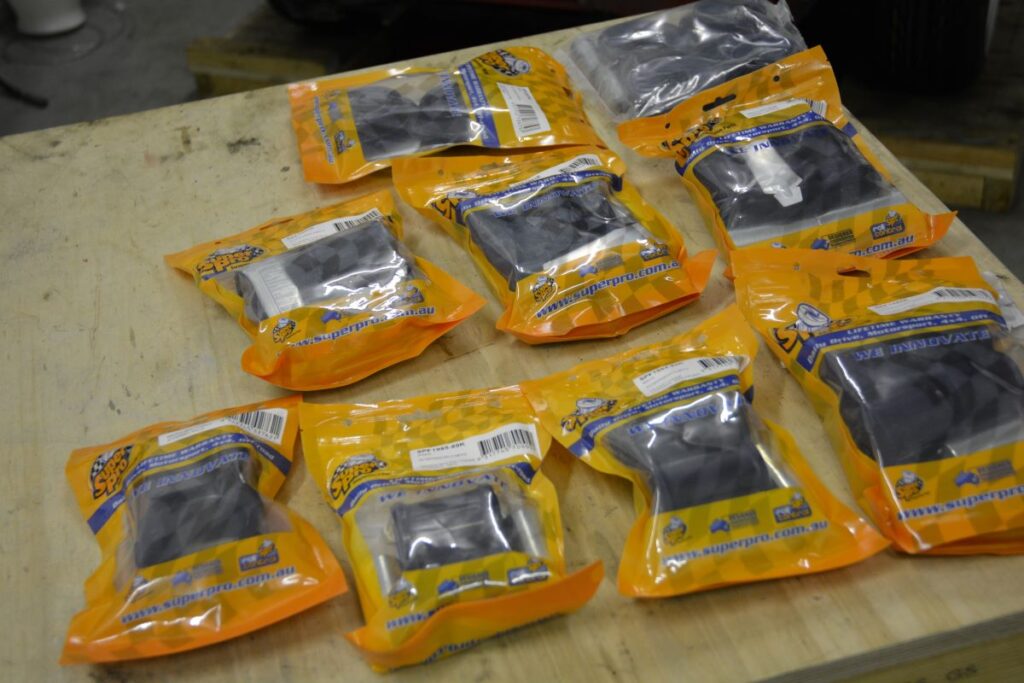
Speaking of chassis stiffening, there are many other ways to strengthen and stiffen the chassis. As we said, the MX-5 was originally built for lively handling, but there are still improvements to be made across the entire model range.
Chassis stiffening isn’t about getting the best geometry, it’s about keeping the best geometry when you’re on the limit. When you start adding in more power, beefed-up suspension and better brakes, it’s easy to see why many choose to tune the rest of the chassis to keep the optimum geometry dialled in.
Thicker aftermarket sway bars (i.e. anti-roll bars or ARBs) are one of the simplest modifications for optimising grip, but without making your car too hardcore for the road.
Sway bars lock the suspension together on each axle to reduce the flex under hard cornering. By keeping the maximum tyre contact patch on the tarmac, the grip is maintained for as long as possible. Thicker ARBs simply hold the chassis geometry for longer.


Polyurethane bushes are also a popular choice among early MX-5 owners. It makes sense because, due to the age of Mk1 and Mk2 models, it’s almost inevitable that the standard rubber bushes will have degraded significantly by now.
Bushes are the flexible joints that hold your chassis components together. Essentially, they offer a little damping to make your car driveable without excess vibrations or metal-on-metal contact.
The issue with standard rubber bushes is that they can be a little too flexible, and they will become even more slack as time goes on. The increased excess movement pushes the chassis geometry away from optimum on the road.
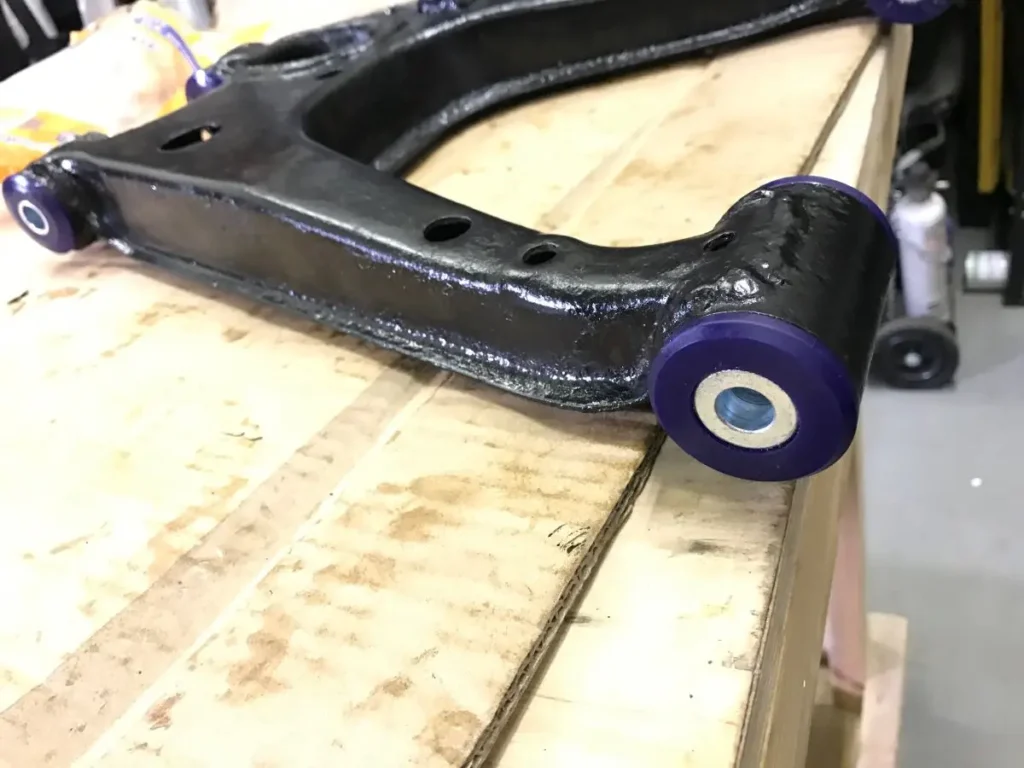
Polyurethane replacements can be used to tighten up the chassis for less flex and, as something of a bonus, they don’t degrade over time either. This makes them a relatively cheap and popular investment for all MX-5s from the Mk1 to the Mk4.
10. Bucket seats
Fitting seats that are specifically designed to stop you from sliding around when cornering – or to aid the use of racing harnesses – is one of the most popular mods for the little Mazda. While it’s not so prevalent on the Mk3 and Mk4 models (chiefly because the standard seats are pretty plush already) Mk1 and Mk2 owners can’t get enough of those aftermarket buckets. Thankfully they always look great, too.
With plenty on the market, not to mention direct-fit subframes to make installation quick and easy, there’s a lot of choice for a budget-friendly seat swap. So much so that it’s easy to go wrong.
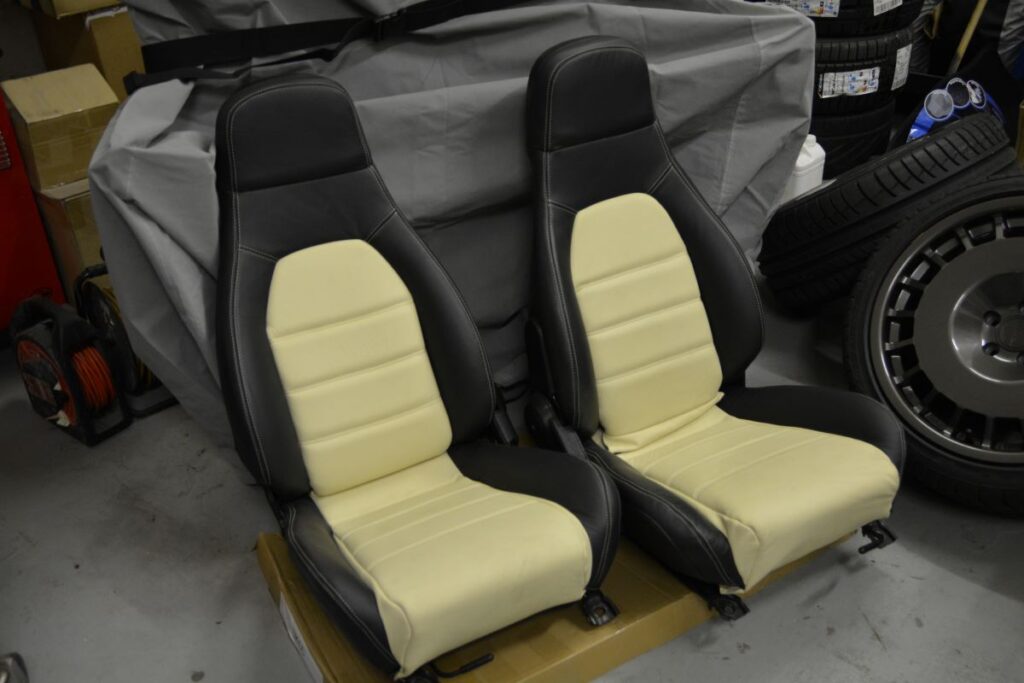
The number one mistake is buying seats that don’t physically fit in the tiny cabin. Those standard ‘tombstone’ seats are small for a reason. Aftermarket seats are essentially universal items, and many come with high shoulder bolsters. In an MX-5 these can stop you from shutting the door or putting the roof up. So be sure to choose wisely.
Another popular upgrade is taking the leather seats from the Japanese Eunos and fitting those into the UK spec cars which (barring a few special editions) typically came with basic cloth upholstery.
Of course, these are getting a little harder to come by nowadays, but there are still a few sets out there, especially as many Eunos owners have already upgraded to aftermarket seats. Online auctions and specialist Mazda breakers are the best places to look for yours.
Words by Midge Burr
With 20 years’ experience writing and editing modified car magazines, Midge Burr is an expert in all things cars. He draws on his experiences as a qualified mechanic, long-time car builder and eager road rally participant, and is convinced he’s pretty much driven every type of vehicle under the sun – including a Mazda MX-5 – from touring cars and racing lorries to monster trucks and rally cars.
Remember to take out modified MX-5 insurance
If you’re the proud owner of an MX-5 or an imported Eunos Roadster or Miata, we can offer insurance for your Mazda. And, as a specialist insurance broker for all things modified cars, we can cover mods on a like-for-like basis. We also offer agreed value cover where we agree on the true value of your vehicle and any mods you have so that, in the event of a total loss, you’re able to start rebuilding.
Call us on 0800 369 8590 or book a callback at a time that suits you.







